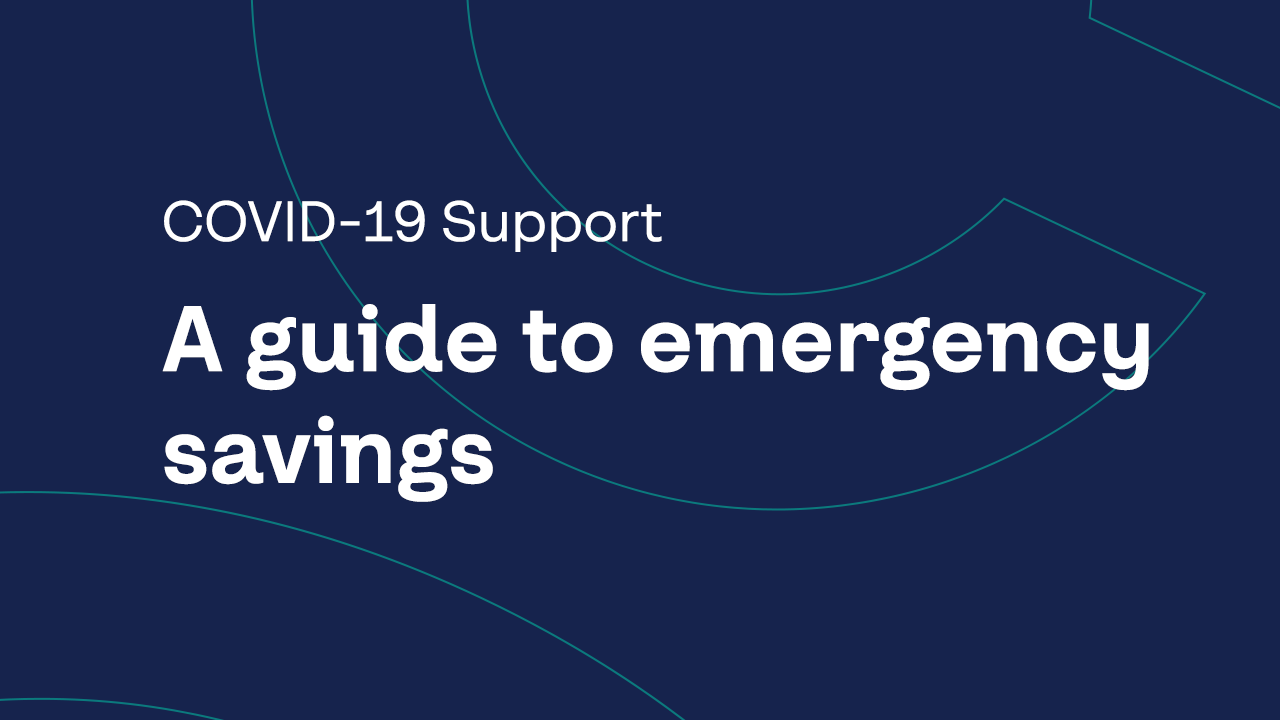Buying a home will likely be the largest purchase of your life, so how do you know you’re ready to own one? Apparently, the majority of Canadians are up for the task: For the past 20 years, the homeownership rate in Canada has been increasing and is now higher than 63%. Whether propelled by this rising trend or fueled by the pandemic, 84% of non-homeowners say they strongly intend to purchase in the future—with 68% planning to make the move in the next five years.
Whether you’ve been sitting on the sidelines renting for some time, ready to settle down and have a family, or just want to paint walls and decorate with wild abandon, the key to success in home buying is getting all the details right from the start. “Figuring out your finances is at the top of the list,” says Janessa Berman, a Relationship Manager with Coast Capital, “and doing your research, assembling a team, and deciding on your priorities are fast followers.”
Once you know exactly what’s involved in buying a home, you’ll feel more comfortable with the process. The following six steps are important to understand. Doing them right will give you more confidence and stability as you begin your homebuying journey:
1. Come up with a down payment
In Canada, you need a down payment of at least 5% to qualify for a mortgage. Since this would be considered a high-ratio mortgage—where a down payment is less than 20% of the home’s purchase price—you would be required to get CMHC insurance, which would be rolled into your mortgage. If you can put 20% down, you could get a conventional mortgage and save a lot of money by avoiding additional fees.
For most people, a down payment comes from their savings. The more money you save, the bigger the down payment you could have. You may also have investments that you could sell that could then be used towards your down payment. It’s also worth mentioning, notes Berman, that first-time homebuyers can withdraw up to $35,000 from their RRSP as part of the Home Buyers’ Plan.
2. Figure out how much home you can afford
You need to find out how much you can comfortably spend on a house before you start looking. Create an affordable price range based on your income, debts, down payment percentage, credit score, and preferred neighbourhood. You’ll also want to get a pre-approved mortgage from your financial institution before you begin your search. “Mortgage preapprovals are like a promise from your bank,” says Berman. “Since you’ll know exactly how much they’ll lend you, you can budget accordingly.”
Keep in mind that you don’t need to use the full amount offered to you during the pre-approval process. Quite often, it makes sense to borrow less to ensure you’re not stretching out your monthly budget. Using an online mortgage calculator can be useful. You can run various scenarios to see how rising interest rates or increased payments can affect your budget.
Don’t forget, your mortgage isn’t the only home expense to consider. There’s also maintenance, move-in expenses, and furnishing the home—just to name a few. An expense worth singling out is the land transfer tax/fee, which applies to all provinces. In some cities such as Toronto, there’s an additional land transfer tax which can be a fair amount depending on your purchase price.
You also need to factor in other goals such as retirement savings, vacation planning and contributing to your child’s education.
3. Establish what you can—and can’t—live without
Before you start house hunting, come up with a list of things that are important to you in a home. That list could include the number of bedrooms, bathrooms, home style, location, and more. Now run that list by friends, family, realtor, and your banker to see if it’s possible to get everything you’re looking for within your budget.
You’ll rarely find a home that checks off every box on your list, but at least you’ll have a baseline to work with. “When you actually start going out to look at homes, you need to be prepared to make compromises,” says Berman. For example, there might be a home that fits your budget and is in your preferred area, but it may not have as much space as you would like. Alternatively, there may be a home that meets all your needs, but you may have to commute longer to get to work.
These types of decisions are tough, so don’t gloss over them. Try to listen to your head as much as your heart.
4. Prequalify for a loan
Now that you have some budget parameters, it’s time to meet with a lender and talk about your loan options. “Other factors that weigh into the discussion are current interest rates and how much you can borrow,” says Berman.
Once you land on a loan that works for you, next you will get a preapproved mortgage letter. Based on your financial situation, this letter estimates how much you can borrow. Sometimes borrowers get a false sense of security with a preapproved mortgage, emphasizes Berman. It’s a stepping stone to a commitment—and necessary for making an offer—but not a definite approval to lend.
Between now and closing, you will still need to supply what seems like an endless flow of up-to-the-minute financials and additional information for review and approval. But, what’s important at this stage is showing sellers you are serious.
5. Find a realtor with your priorities in mind
Once you have your plans in order, finding a realtor can be the next essential step when preparing to buy a home. Your realtor should be your guide and someone you can rely on for solid advice. Since that person will be with you during the entire process, you’ll want them to understand your needs and the market.
Look for someone who has helped clients buy or sell homes in the areas that you’re interested in. This experience can be huge as they’ll likely already be familiar with the types of homes and schools in the area. You’ll want to find a realtor who is dedicated to helping you reach your goals of homeownership.
Finding the perfect realtor can be difficult. “Start by asking friends and family for a recommendation,” says Berman. “After interviewing a few different realtors, you’ll likely know who’s the right fit.”
6. Know how to make an offer
After seeing home listings online and then viewing them in person, you’ll eventually be ready to make a bid. This is where you’ll lean on your realtor again. They will look at the comparables (listing prices of similar homes in the same area) and the current market conditions, and then recommend a price that you should offer.
While the price is definitely a significant factor, there are some other things you might want to include, such as a financing condition, or a requirement that is fundamental to the offer. This often includes giving you the right to retract your offer if you can’t secure the mortgage by a specific deadline and not suffer penalties. “Having a financing condition is a good idea since it’ll allow you to confirm that your mortgage will be approved based on stipulations for that specific home,” says Berman. Other conditions to consider include a home inspection and a review of any relevant documents.
Once you’re satisfied with all the conditions, you can remove them and complete the purchase and sale agreement. Definitely a happy moment, but you need to understand that the home buying process has really only just begun. Read the next segment to figure out how to coast through the rest of the process.
Learn all about the second stage of homebuying—the mortgage process—in part two of Coast Capital’s “Guide for first-time homebuyers.” Ready to talk about a mortgage? Contact a Coast Capital Mortgage Advisor to get started.



